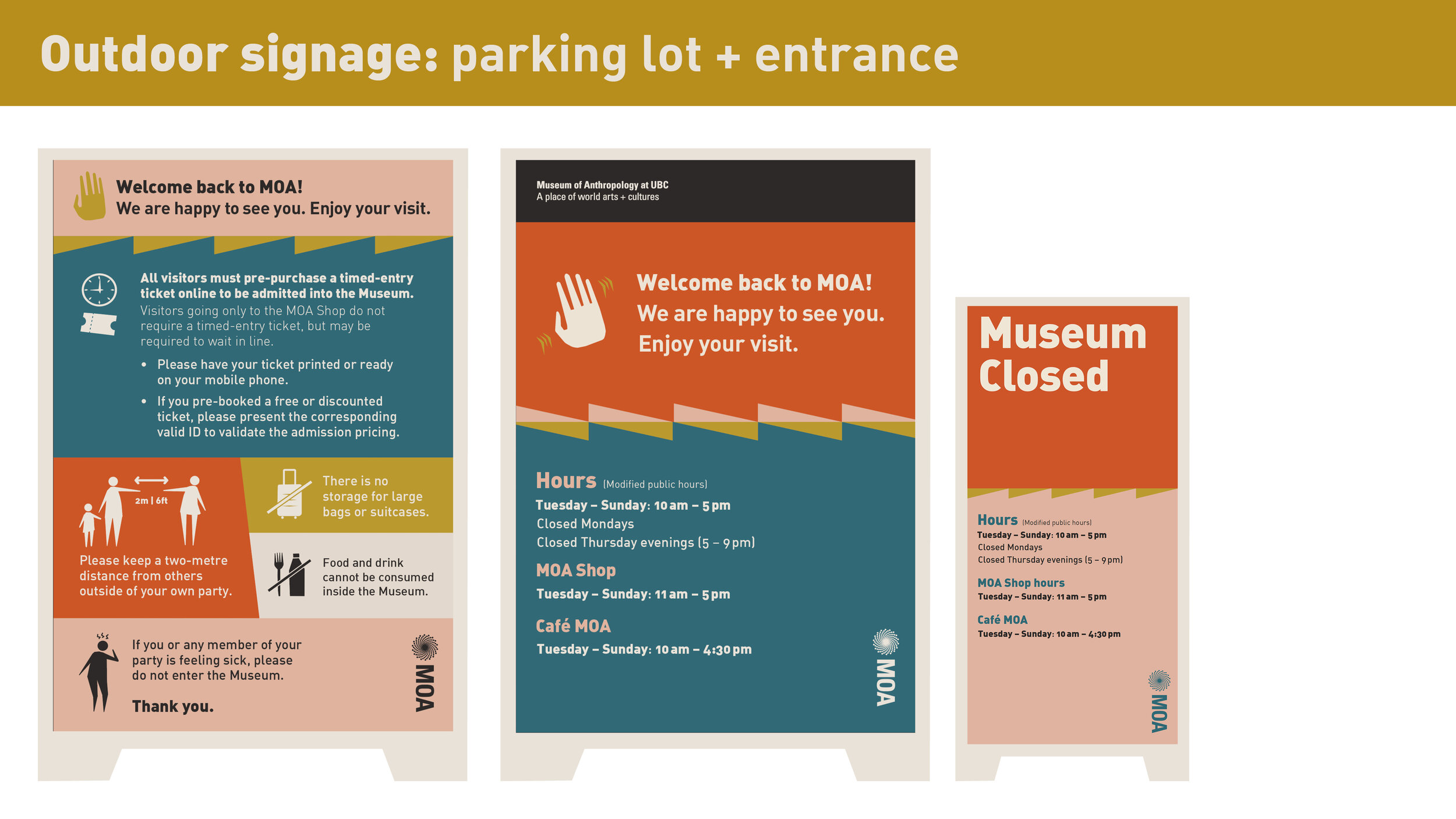March 2017
“Amazonia: The Rights of Nature explores the creative ideas that inspire Indigenous resistance to threats facing the world’s largest rainforest. Taken in its entirety, the exhibition promises to offer a revealing window into one of the world’s more culturally, socially and linguistically diverse regions, as well as a new framework for addressing some of the globe’s most pressing environmental challenges.”
Amazonia: The Rights of Nature was the first museum exhibition I’d ever worked on let alone be give the role of sole graphic designer. It was a huge learning curve for me and and it was exhilarating.
Luckily for me, the curator, Nuno Porto, was a patient client who always offered thoughtful insight into a complicated and difficult subject: the indigenous peoples and the threatened environments of the Amazon river basin.
From the outset, Nuno was clear that he didn’t want another exhibition highlighting the ‘exotic’ qualities of the Amazon, its lush flora and fauna and its ‘mysterious’ uncontacted peoples. Rather, this was an exhibition about the stark political realities facing vulnerable populations and their active roles in their environment.
In this way, the labels took on the role of Document. The diversity of content and the self-aware curatorial voice called for a no-nonsense design sensibility. Stark, clean and to-the-point, the labels acknowledged their role of messengers of difficult information while creating an interesting juxtaposition to compelling and beautiful objects. The exhibition on a whole flies in the face of what a typical museum-goer would expect from an exhibition about the Amazon.
The exhibition designer, David Cunningham, chose a deep, rusty orange to be the dominant colour. It is the colour of the mud along the banks of some stretches of the Amazon but also the colour of the earth in the areas of the forest that have been turned into large-scale mining operations.
The wordmark (title) for this show was something special for me. My initial inclination was to keep it simple; that was in-line with the graphic austerity of the rest of the exhibition and I knew it’d be easy to make with my then-limited knowledge of materials. But that direction wasn’t sitting well with me the more I meditated on it. The over-arching theme of the show was to demonstrate the complexity of peoples, their ideologies, histories, technologies and threats over an enormous geographical area. Simple, in this instance, didn’t make sense. I wanted sprawling, diverse, uncomfortable yet striking and bold. I wanted the river to be the connector of the unwieldy and complex world of the Amazon. So, after some convincing to get Nuno and David on board with my idea, this final version on the wordmark for Amazonia turned out to be the part of the show I was most proud of.












































































































































